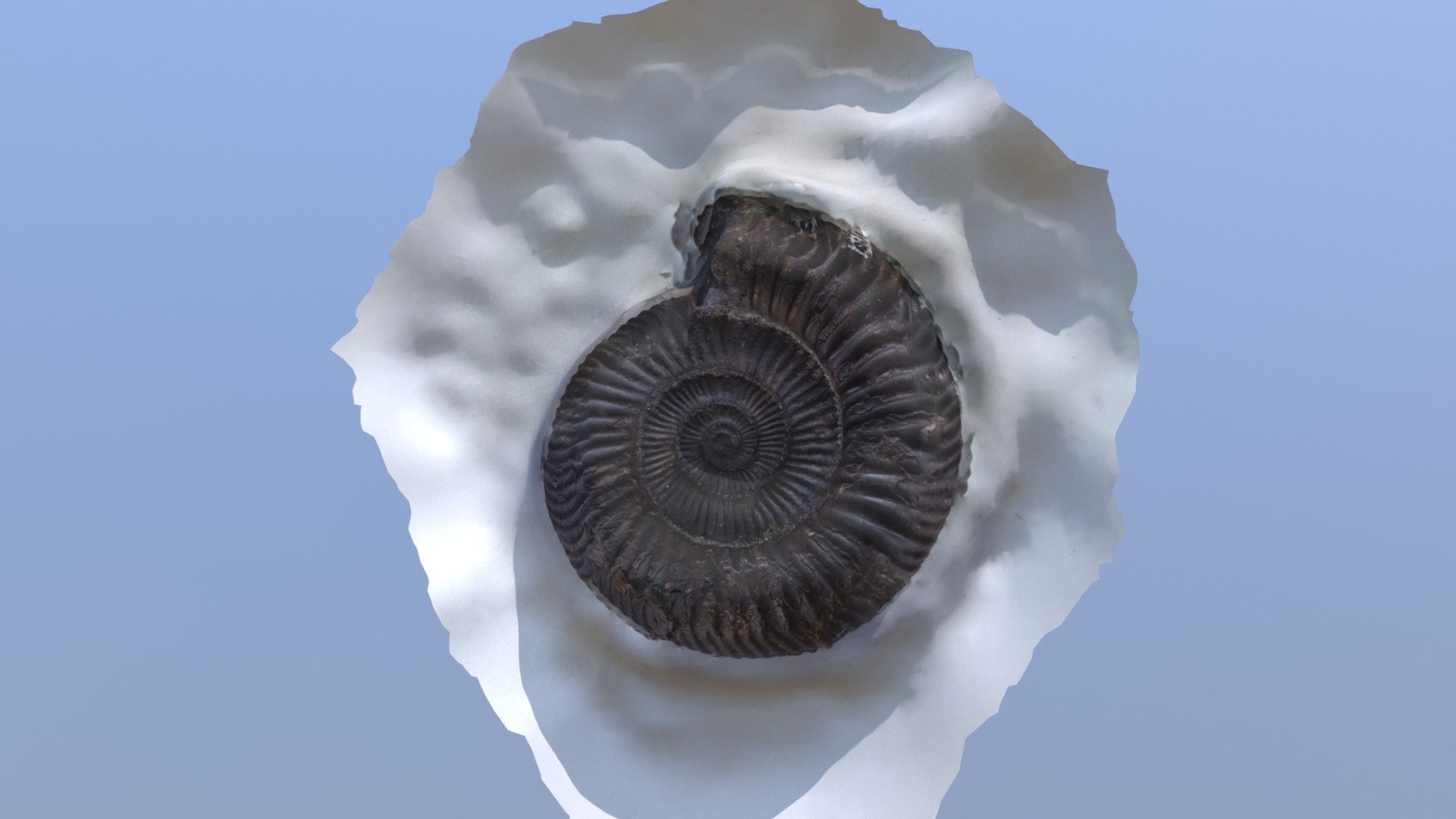
Ammonite, Dactylioceras
sketchfab
A fossilized internal mould of a Dactylioceras (Ammonite) from the lower Jurassic period, approximately 180 million years ago, has been unearthed on the Whitby Coast. This specimen measures 49mm in diameter and is a prized find for scientists studying ancient marine life. Dactylioceras belongs to the phylum Mollusca and class Cephalopoda, closely related to modern-day cephalopods such as squid, octopuses, cuttlefish, and nautiluses. These prehistoric creatures inhabited the pelagic zone as predators, feeding on a diet of nektonic organisms. Fossils of Dactylioceras have been discovered on every continent, making them a vital component in biostratigraphy. As index fossils, they provide essential information about the geological history of an area. Their presence has been recorded from the Devonian to the Cretaceous periods, with the species eventually becoming extinct at the end of the Cretaceous period, 65.5 million years ago. For further insights into these fascinating creatures, visit the following websites: * http://www.discoveringfossils.co.uk/ammonites.htm * http://www.bgs.ac.uk/discoveringGeology/time/Fossilfocus/ammonite.html * http://palaeo.gly.bris.ac.uk/Palaeofiles/Fossilgroups/ammonoidea/Characters.html
With this file you will be able to print Ammonite, Dactylioceras with your 3D printer. Click on the button and save the file on your computer to work, edit or customize your design. You can also find more 3D designs for printers on Ammonite, Dactylioceras.
